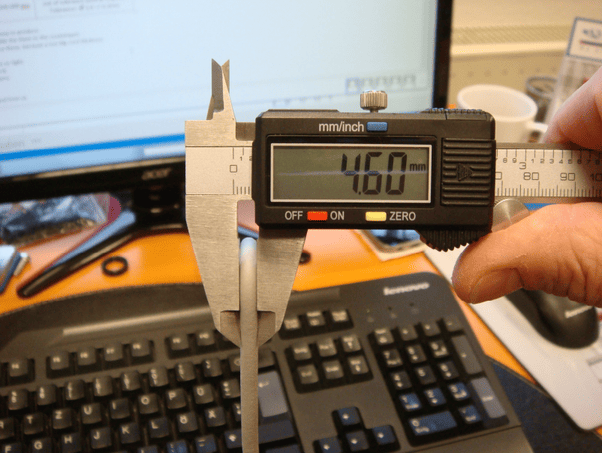In the European Union, a Certificate of Conformance (CoC) is an essential document for confirming that a product meets specific standards. But what exactly does it signify, and why is it so important?
A Certificate of Conformance (CoC) in the EU verifies that a product complies with regulatory requirements and industry standards. It's crucial for trade and regulatory compliance.
To fully understand the importance of a CoC in the EU, let’s dive into its purpose, usage, and how it impacts business operations within the region.
What is a CoC Used For?
The primary role of a Certificate of Conformance (CoC) is to verify product compliance with regulatory and safety standards. But what specific functions does it serve in the context of European trade and regulation?
A CoC ensures that a product meets necessary regulatory standards and quality assurance criteria, making it crucial for international trade, safety, and legal compliance.
Uses of a CoC in the EU
A CoC serves as a declaration from the manufacturer or supplier that the product complies with relevant standards, regulations, or specifications. It provides assurance to both customers and regulators that the product is safe, reliable, and meets the required quality standards. Without a CoC, products may face delays or rejection during customs, preventing access to EU markets.
The Certificate of Conformance1 is essential for a wide range of industries, including automotive, healthcare, and electronics, where compliance with stringent EU directives2 like RoHS (Restriction of Hazardous Substances) and CE marking is mandatory.
| Industry | Use of CoC |
|---|---|
| Automotive | Ensures compliance with safety and environmental regulations (e.g., emissions standards). |
| Healthcare | Verifies that medical devices meet safety and performance standards (e.g., CE marking). |
| Electronics | Confirms compliance with environmental and safety standards (e.g., RoHS, CE). |
Standard Certificate of Conformance3
The Standard Certificate of Conformance (SCoC) follows a specific format, ensuring that it covers all necessary compliance and regulatory details. What does a typical SCoC include?
A Standard Certificate of Conformance (SCoC) includes essential information such as product specifications, regulatory standards, and manufacturer details, helping confirm compliance with applicable regulations.
Components of a Standard CoC
A typical Certificate of Conformance (CoC) includes several key pieces of information to ensure transparency and compliance. These typically include:
- Product Description: A clear, detailed description of the product being certified.
- Regulatory Standards: The specific standards, directives, or regulations the product complies with (e.g., CE marking, RoHS, or ISO).
- Manufacturer Information: Details about the manufacturer or supplier, including their contact information and location.
- Test Data or Inspection Reports: Evidence of product testing or inspections that validate the product’s compliance.
- Declaration of Conformance: A statement from the manufacturer or supplier affirming that the product meets all specified requirements.
These elements help streamline international trade by assuring customers and regulators that the product meets safety, quality, and environmental standards.
| Component | Description |
|---|---|
| Product Description | Detailed overview of the product being certified. |
| Regulatory Standards | List of standards the product complies with (e.g., CE, RoHS). |
| Manufacturer Information | Details of the company that manufactured the product. |
| Test Data/Inspection Report | Documentation showing compliance through testing or inspections. |
| Declaration of Conformance | A formal statement affirming the product's compliance. |
Example of a Standard CoC
Conclusion
In conclusion, a Certificate of Conformance (CoC) is essential for ensuring that products meet EU regulatory and safety standards, which is crucial for trade, customer safety, and legal compliance. By verifying that a product complies with necessary directives and standards, a CoC helps businesses avoid costly delays and ensures smooth market entry in the EU.
Footnotes:
Understanding the Certificate of Conformance is crucial for ensuring product compliance and market access. Explore this link for detailed insights. ↩
Discover the key EU directives that impact product compliance, ensuring your products meet legal requirements for market entry. ↩
Learn about the components of a Standard Certificate of Conformance to ensure your products meet necessary regulations and standards. ↩









